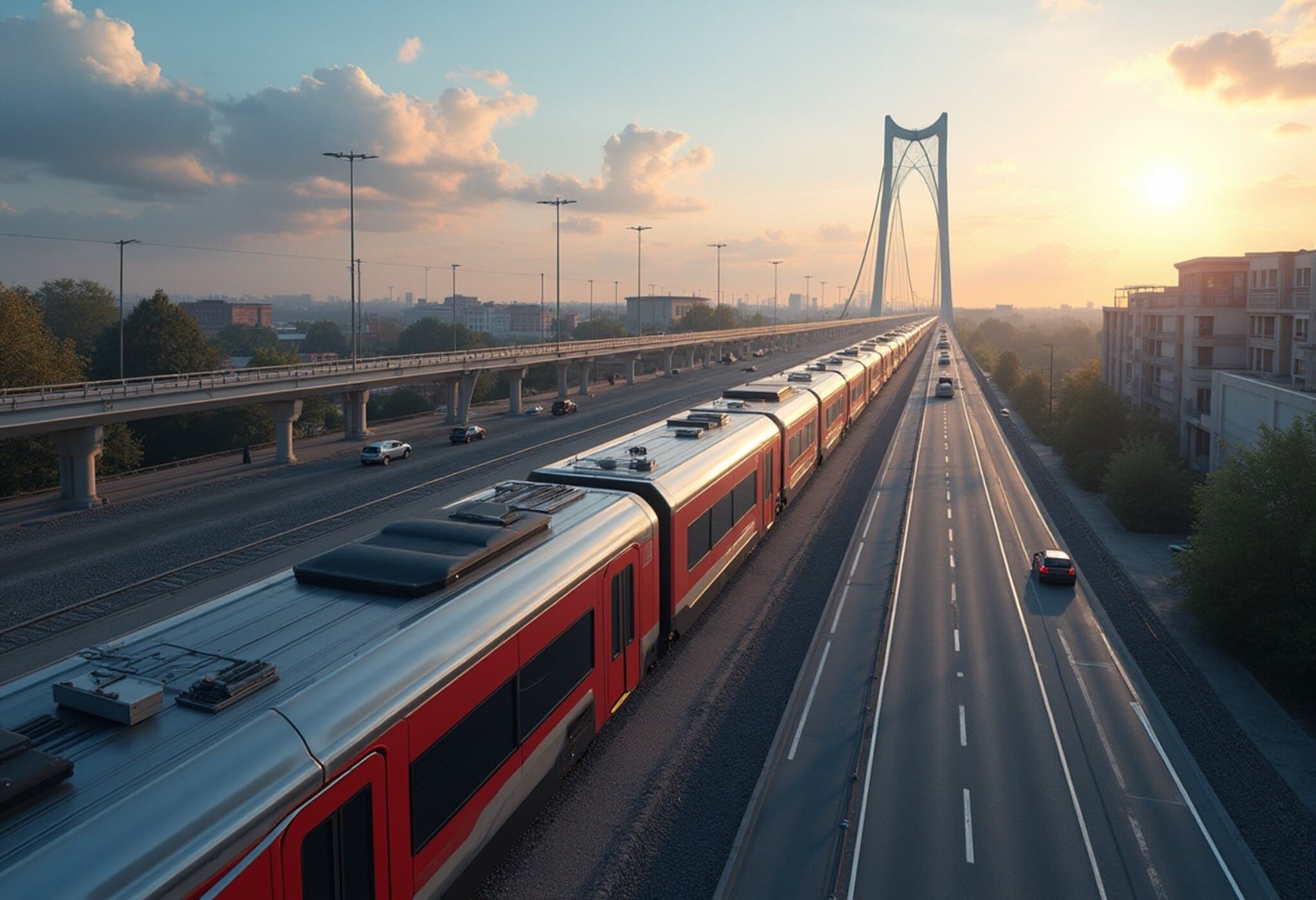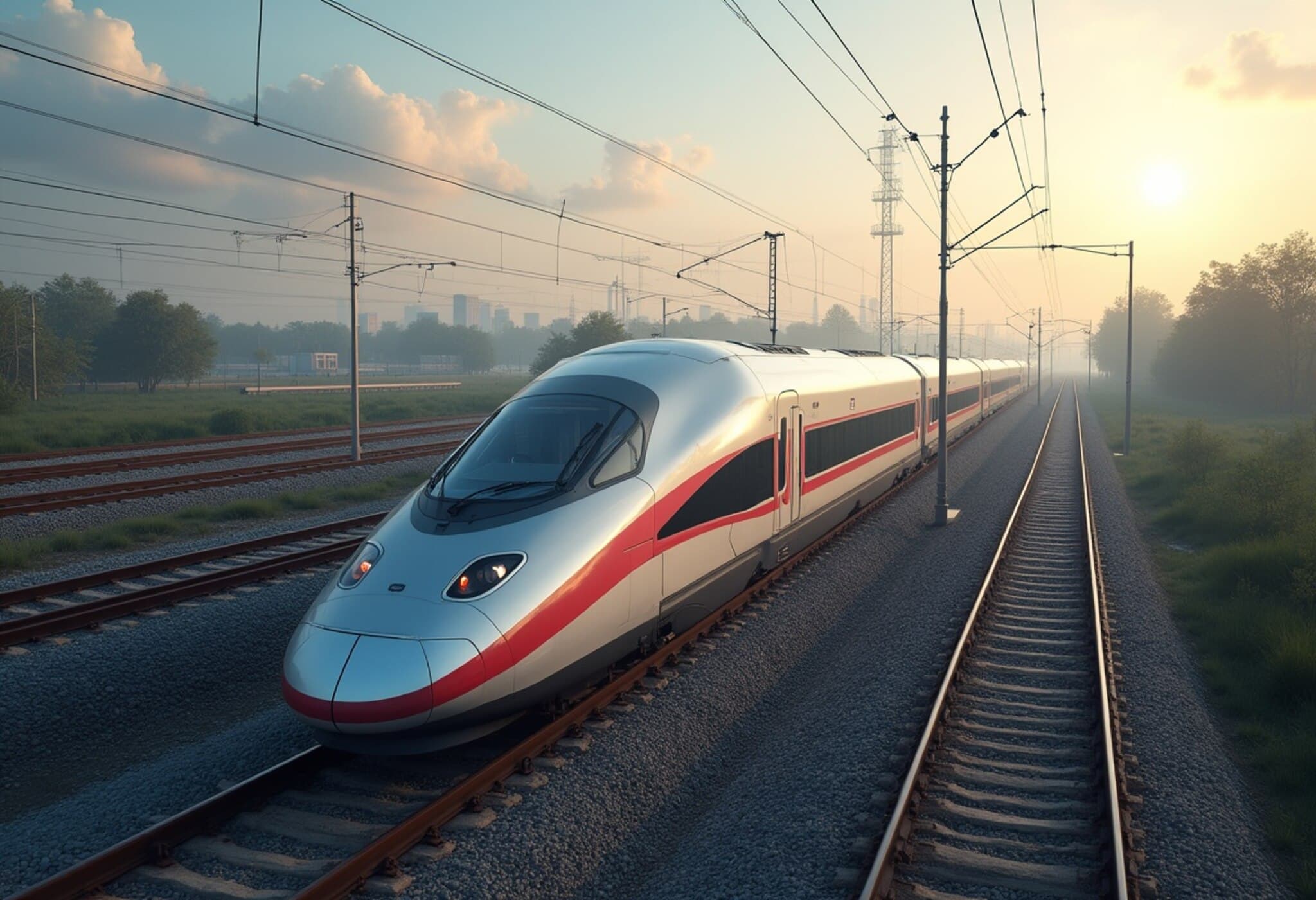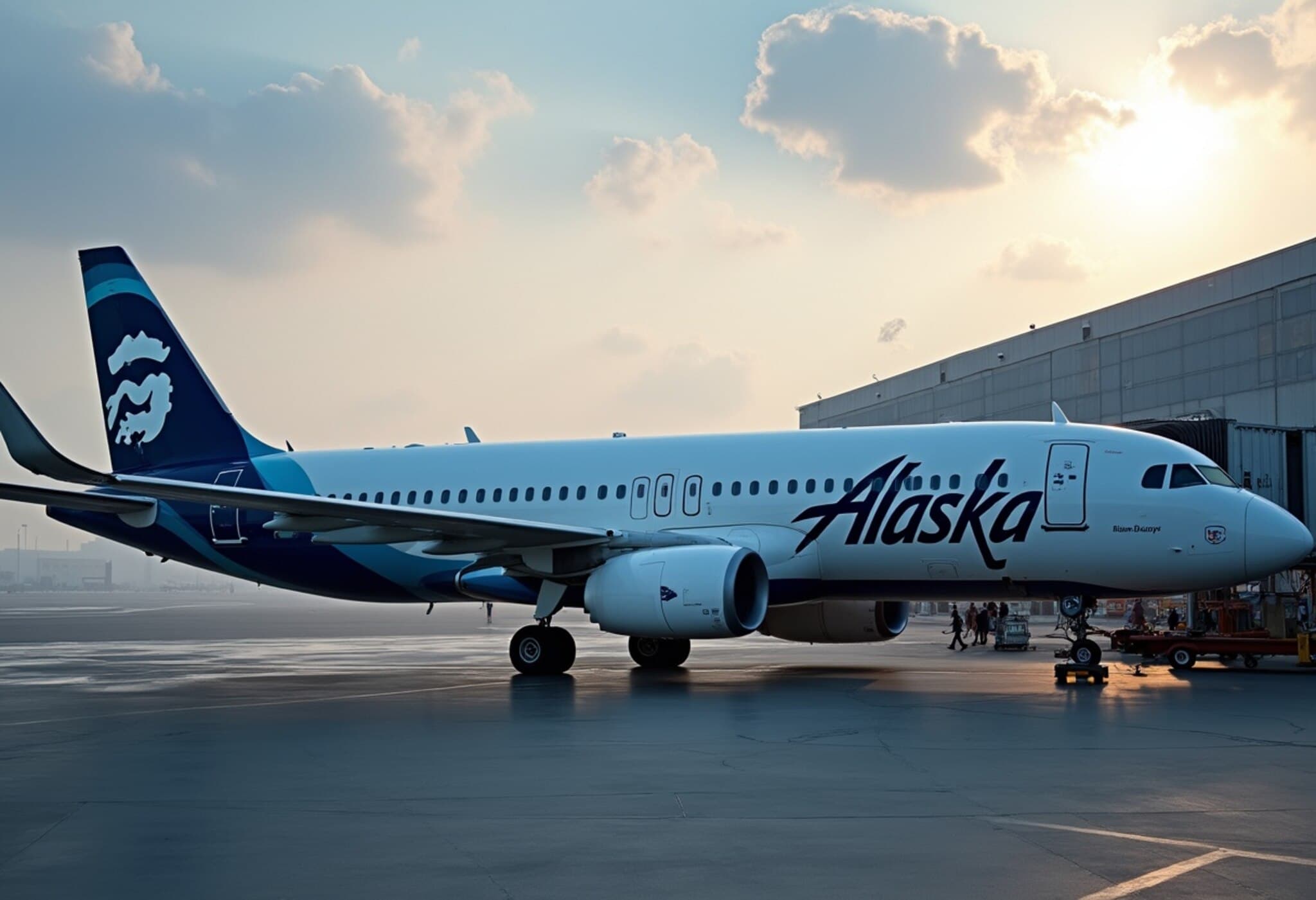US Transportation Department Pulls $26 Million Funding from Baltimore-Washington MAGLEV Project
In a significant setback to ambitious high-speed rail plans on the East Coast, the US Department of Transportation (USDOT) announced on Friday the cancellation of a $26 million grant allocated for the proposed Baltimore-Washington Superconducting Magnetic Levitation (MAGLEV) project. The decision marks a critical juncture after nearly ten years of stalled progress and mounting challenges.
Background: A Project Marred by Delay and Doubt
The Baltimore-Washington MAGLEV project, envisioned as a cutting-edge $20 billion transportation artery, aimed to connect two major metropolitan hubs via superconducting magnetic levitation technology, promising unprecedented travel speeds and a leap forward in rail innovation. Yet, despite its touted potential, the initiative has struggled under the weight of poor planning, immense community opposition, and repeated cost overruns.
Environmental reviews pivotal to the project's advancement have been stalled since 2021, further compounding delays. The USDOT's recent move indicates frustration with the project’s lack of tangible progress and effectiveness, stating there was "nothing to show for it" after years of investment and effort.
Implications for Regional Transportation and Policy
This cancellation raises critical questions about the future of high-speed rail infrastructure in the United States, especially projects leveraging advanced technologies like MAGLEV. The Baltimore-Washington corridor is a densely populated region with acute transportation demands—making innovative transit solutions a policy priority.
- Financial oversight: The withdrawal underscores the importance of rigorous financial management in large infrastructure ventures, particularly those involving public funds and cutting-edge technologies.
- Community engagement: The significant opposition from local communities illustrates the growing need to incorporate public input and environmental considerations early and continuously throughout project development.
- Policy lessons: USDOT’s action reflects an emerging trend of federal agencies adopting stricter accountability measures to ensure that transformative infrastructure projects deliver on promises within reasonable timeframes and budgets.
Expert Perspective: Navigating the Challenges of American High-Speed Rail
Transportation analysts emphasize that while the MAGLEV technology offers remarkable potential, such projects face unique hurdles in the US context—ranging from labyrinthine regulatory processes to fragmented funding streams and complex stakeholder dynamics.
Anne Price, a transportation policy expert at the Brookings Institution, notes, "The Baltimore-Washington MAGLEV's cancellation should catalyze a renewed strategy — one that balances innovation with pragmatic project management and robust community collaboration. Without this, even the most groundbreaking projects risk stagnation."
Looking Ahead: What’s Next for High-Speed Rail in the US?
With the Baltimore-Washington MAGLEV grant rescinded, attention turns to alternative approaches for enhancing Northeast Corridor transit capacity and speed. Conventional high-speed rail projects, such as those proposed between major cities in California, Texas, and the Pacific Northwest, may help fill the gap while providing lessons in effective project execution.
Federal and state transportation agencies may also be prompted to recalibrate their frameworks to encourage feasible, community-sensitive, and fiscally responsible high-speed rail development across the country.
Engaged readers and stakeholders are encouraged to follow ongoing developments in regional transit planning and weigh in on how advanced transportation can meet both economic and social priorities.











